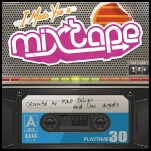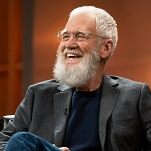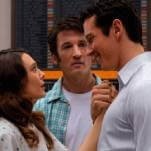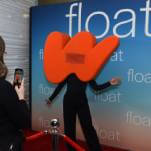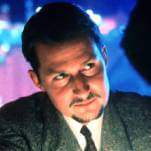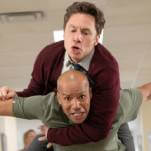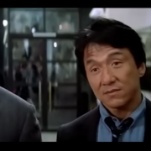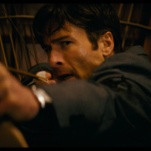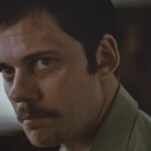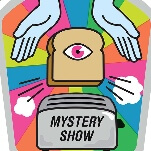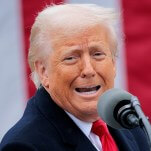How do they work?: 11 uses for magnets as taught by pop culture
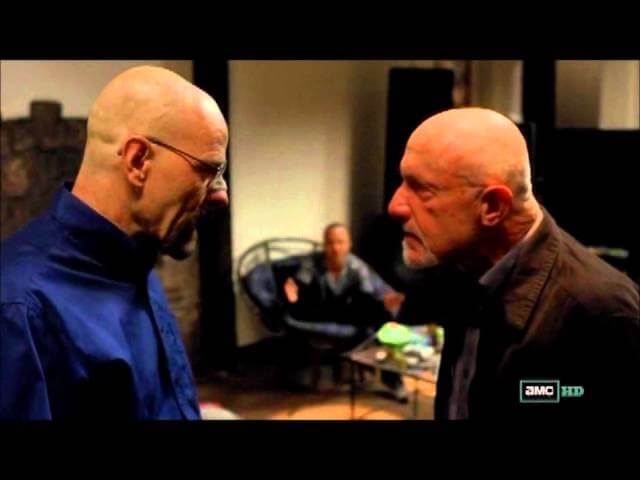
1. Destroy incriminating evidence: Breaking Bad, “Live Free Or Die”
Walter White has utilized some pretty flashy scientific know-how to get out of various jams over four seasons of Breaking Bad: killer phosphine gas, explosive mercury fulminate, magical disappearing ricin, and so on. But it took Jesse “Yeah, science!” Pinkman to determine the best, most elegant solution to the problem that faced the meth-cooking duo at the beginning of season five: Magnets, bitch. Specifically a huge electromagnet, aimed at the police station housing Gus Fring’s laptop, the one remaining loose end to tie up following Walter’s season-four-ending coup. Thanks to the inclusion of an evidence locker full of other smashable objects and an easily overturned panel truck, Jesse and Walter’s magnetic heist results in plenty of noisy chaos, but it all starts with the quiet, ominous thrum of one of nature’s most powerful, and coolest, forces.
2. Make a rabbit stew that’s more trouble than it’s worth: Merrie Melodies, “Compressed Hare”
Like Walter White, Wile E. Coyote is not a character of half-measures. This is especially true of the self-proclaimed “super-genius” incarnation of Chuck Jones’ desert canine that tangled with Bugs Bunny in five animated shorts spread across Warner Bros.’ Looney Tunes and Merrie Melodies series. In 1961’s “Compressed Hare,” Wile E.’s failed attempts at boiling his lupine neighbor ultimately build to a trap of (literally) astronomical proportions: the old “Acme iron carrot and 10-billion-volt electric magnet” trick. But just as smaller, nonelectric magnets never attract a Road Runner with a stomach full of iron pellets, Wile E.’s space-age contraption fails to put a rabbit on the table. Instead, it gathers every metallic object within a radius of thousands of miles—including an ocean liner, the Eiffel Tower, and one Space Race-ready rocket. He misses his intended target, but the character’s overzealousness marks an achievement of much greater import: As Bugs points out, the short’s climactic explosion makes the United States the “first country to put a coyote into orbit.”
3. Unite a neighborhood against the forces of gentrification: Be Kind Rewind
Michel Gondry’s requiem for the VHS era is more than an excuse to cast Jack Black and Mos Def in an increasingly ludicrous series of homemade remakes of cinematic classics. The film is an ode to entire cultures erased by forces beyond their control—much like the way Black wipes an entire store’s worth of video cassettes with a wave of his magnetized hand. But the byproduct of his paranoia about a nearby electrical substation ultimately serves as the catalyst that revives a dying section of Passaic, New Jersey, as the effort to restock the film’s titular video store with “sweded” copies of Hollywood fare like Ghostbusters and Boyz N The Hood requires more and more assistance from the locals. And it never would’ve happened if the magnetized Black didn’t think his brain was melting.
4. Let James Bond be James Bond: Live And Let Die
The gadgets distributed to the British Secret Service’s Agent 007 typically come into play only when they’re most needed. However, the magnetized Rolex Roger Moore sports in his first outing as the legendary MI6 operative serves the concept of James Bond better than the character himself. While a similarly powered piece of wristwear would come in handy for the digital Bond of the Nintendo 64 title GoldenEye 007, the Rolex fails to bail Moore out of a reptilian death trap in Live And Let Die. The watch’s failure to attract a nearby rowboat forces Bond to rely on his own cunning, escaping the approaching throngs of crocodiles by simply running across the creatures’ backs. This makes the watch most effective in situations that distinguish Bond from other fictional spies: messing with his commanding officer during a briefing (after being admonished by M for arranging watch repair on the company dime, 007 demonstrates why he dropped off the timepiece at headquarters by sending a teaspoon flying across the room) and undressing a fetching fellow agent.
5. Skip the wait for the elevator: Mission Impossible: Ghost Protocol
Like James Bond, Ethan Hunt has deployed his fair share of credulity-straining spy gadgets over the course of the Mission Impossible film series, from explosive chewing gum to facial-recognition contact lenses. But the high-tech magnetic toy at the center of the most memorable, vertigo-inducing sequence of 2011’s Mission Impossible: Ghost Protocol is at least somewhat based in real technology. The average tech consumer may still be a few years away from scaling the outside of world’s tallest skyscraper with the aid of electromagnetic gloves the way Hunt does in Ghost Protocol—especially if that skyscraper is composed mainly of glass, not steel, as the Dubai Burj Khalifa seems to be—but the basic technology is there. Of course, that basic technology doesn’t work out too well for Agent Hunt, who finds himself dangling 130 stories up following a heart-stopping magnetic malfunction.





